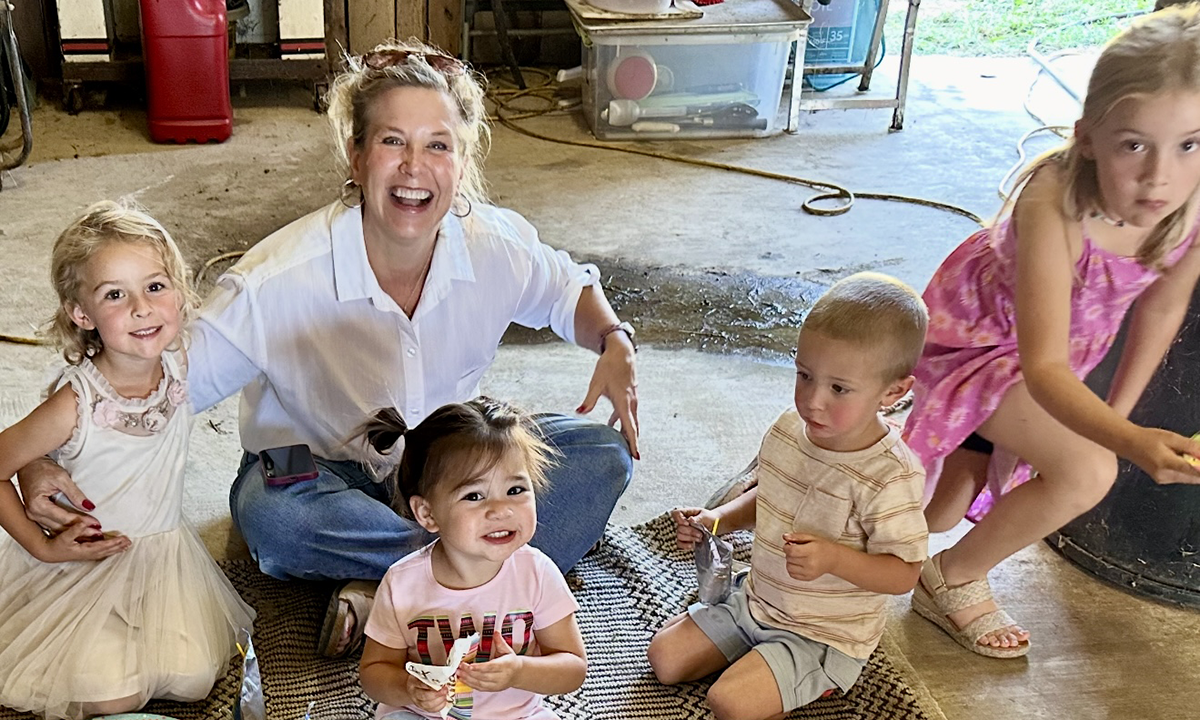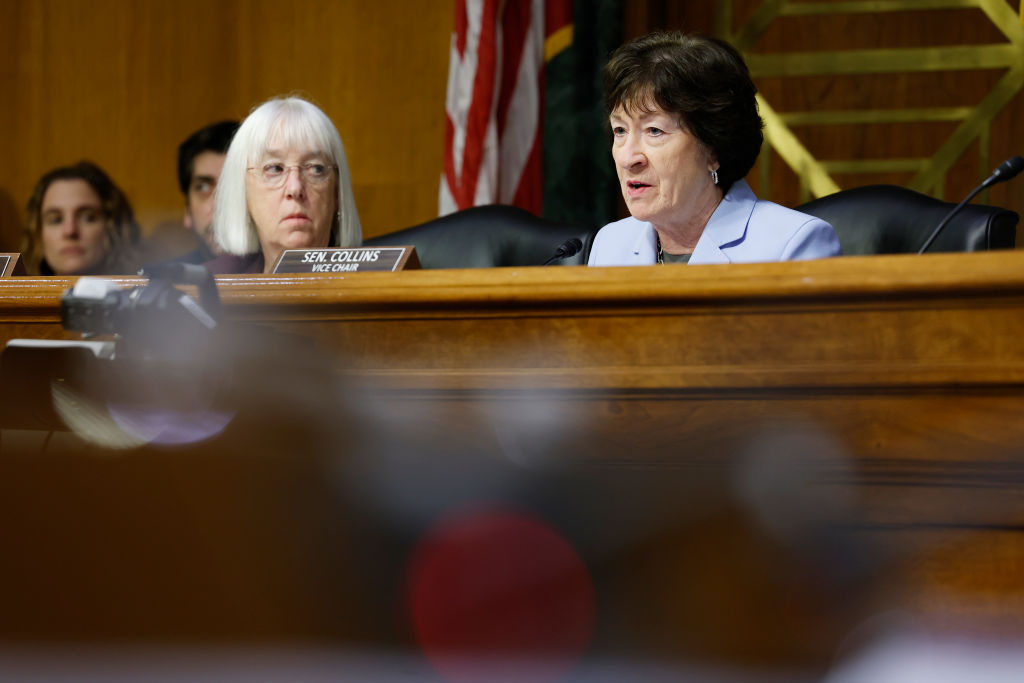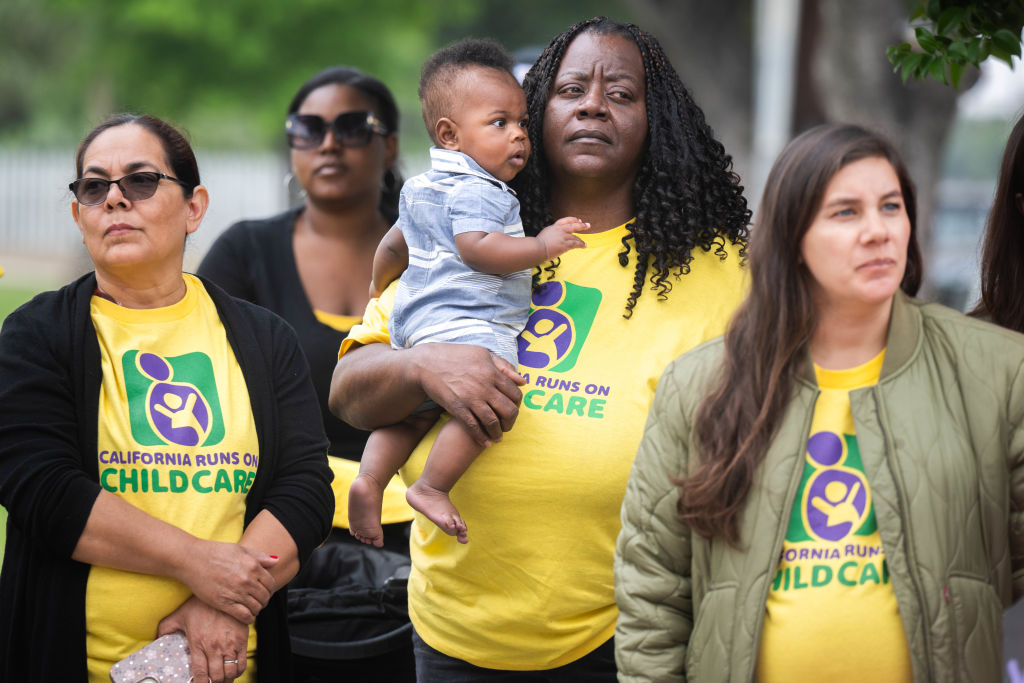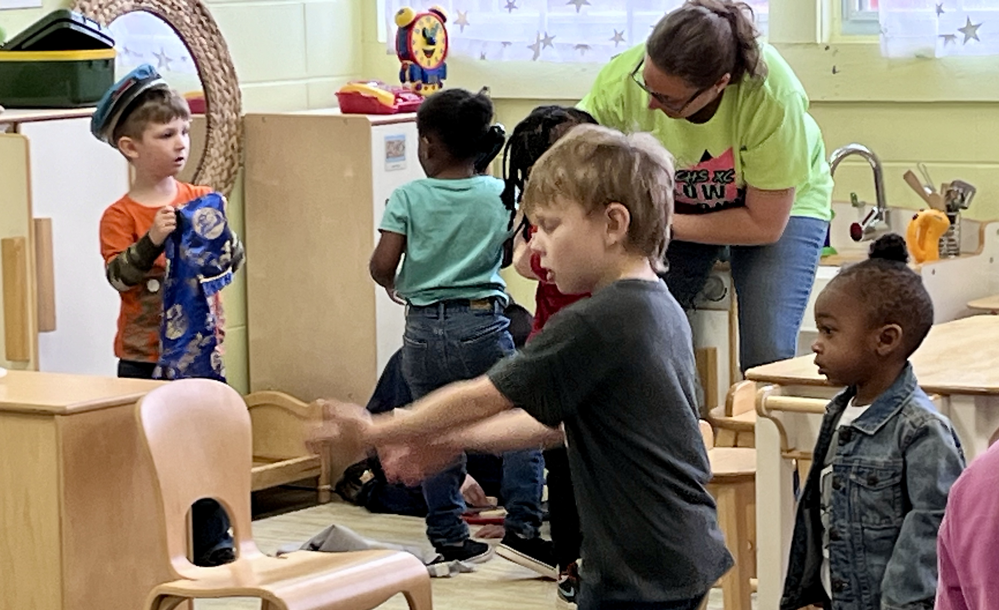These Early Ed Grants Are ‘Conservative-Friendly.’ Why Does Trump Want To Cut Them?
The Preschool Development Grants, one advocate said, have delivered “a lot of bang for the buck” by improving the quality of early learning.

Join our zero2eight Substack community for more discussion about the latest news in early care and education. Sign up now.
Chris Eichler has worked nearly four decades as a family child care provider — so long, she even cared for a boy whose father attended her program as a preschooler.
Even with her expertise, she still appreciates the support she gets through a University of Arkansas-run network. With funding from a federal grant, 250 participants from across the state work on increasing children’s vocabulary and screening them for delays in speech, motor or social skills.
“We try to catch those things early,” said Eichler. The network helped her become nationally accredited and now she’s one of the top-ranked providers in Arkansas. “The better we get, the better our kids get. It’s a win-win for our state.”
But President Donald Trump now wants to eliminate the funding that paid for that network and similar projects nationwide. Launched in 2014 during the Obama administration, Preschool Development Grants were intended to expand pre-K for 4-year-olds from low-income families. During his first term, Trump significantly redesigned the grants into what Katharine Stevens, an early-childhood policy expert, described as a “conservative-friendly” effort to promote parent choice and put decisions about improving early learning in the hands of states.
The funds benefit kids from birth to age 5, not just pre-K students. That’s why it’s hard for her to understand Trump’s reason for eliminating them.
“I sympathize with people who are feeling like the federal government has just grown way out of control,” said Stevens, founder and president of the Center on Child and Family Policy, a right-leaning early childhood think tank. But the grants, she said, have delivered “a lot of bang for the buck” by making it easier for parents to find high-quality programs. “Just doesn’t make sense to end it.”
Despite his first-term goal of allowing states to take the lead, Trump wants to cut the program because it doesn’t increase the supply of preschool slots. The proposal would save $539 million. Rachel Greszler, a senior research fellow at the right-wing Heritage Foundation, whose Project 2025 has guided much of the president’s second term, said the funding falls short because child care and early education programs don’t meet the demand.
“These taxpayer dollars have primarily gone towards the planning and administrative side of preschool — things like ‘identifying needs’ and ‘engaging stakeholders,’ ” she said. “What’s needed most is more child care providers and more slots for children.”
The grant program might result in one-time bonuses or incentive payments for providers, but doesn’t necessarily bring new teachers into the field, she said.
In an earlier budget preview, the Trump administration pinned its objections on former President Joe Biden’s use of the “unproductive funds” to “push [diversity, equity and inclusion] on to toddlers.” As an example, a brief paragraph points to Minnesota, which listed DEI buzzwords like “racial equity” and “intersectionality” as “guiding principles” for the grant in 2021.
But many of the grants have gone to red states like Alabama, Florida and Idaho that have used the money to keep parents in the workforce and improve the quality of early care and education programs, including Head Start.
Last October, 10 states and the District of Columbia received a new round of funding, totaling $87 million over three years. One grantee, Kansas, is set to receive $21 million. In keeping with the Trump administration’s push to reduce regulations, the state has worked to speed up the fingerprinting process for staff and streamline applications for extra funding.
Minnesota intends to use its $24 million to support research projects, family engagement efforts and salaries for early-childhood mental health professionals. The goals that the administration labeled DEI are not for classroom activities, said Anna Kurth, a spokeswoman for the Minnesota Department of Education, but to help children from low-income families gain access to services.
As Congress debates next year’s budget, Sen. Patty Murray of Washington, ranking Democrat on the appropriations committee and a former preschool teacher, said she hopes the grants continue.
“President Trump talks a lot about parental choice, and here he is pushing to ax investments to expand families’ child care and pre-K options,” she said in a statement to The 74. “Congress has got to reject these cuts, and I’ll be doing everything I can to ensure we do.”
It’s unclear whether Republican Sen. Susan Collins of Maine, who chairs the committee, agrees with the president’s budget plan. But in announcing a Preschool Development Grant in 2023, she said it would “build an educational foundation for Maine children that will benefit them for the rest of their lives.”

‘Shore it up’
Parents have a lot to navigate before their children become old enough for school, including long waitlists for good programs and costs that are often out of reach. Providers face their own financial obstacles. They’re underpaid compared to those in professions requiring similar training, and over 40% depend on Medicaid and other public assistance programs to get by.
Stanford University’s RAPID survey, which has captured the impact of the pandemic on families and the workforce, shows that the percentage of early education providers struggling to afford at least one basic need increased in 2022 and was still high in 2024.
Eliminating the grants won’t solve those problems, said Philip Fisher, who directs the Stanford Center on Early Childhood and founded the survey.
“If you think about a market that’s teetering on the edge of collapse, resources that go into that market are going to help shore it up,” he said. “This may not directly put money into the pockets of providers or parents to pay for care, but it creates a more efficient system and enhances quality — a huge issue for a lot of parents.”

States have used the funds to address some of those challenges and to encourage early education leaders from school districts, child care centers and faith-based programs to tackle them together.
With a highly rated pre-K program for 4-year-olds already in place, Alabama used its roughly $48 million in federal grants to coach child care providers, help teachers get bachelor’s degrees and improve transitions for kids into kindergarten.
The University of Arkansas spent the $6 million it received in 2023 to improve quality in rural areas, like Eichler’s town of Romance, about 45 miles north of Little Rock.
“Large centers just aren’t viable in some of our communities,” said Kathy Pillow-Price, director of Early Care and Education Projects at the university. “Family child care providers really support us and our workforce.”

‘Private and faith-based’
With advocates concerned about the future of Head Start, which the administration initially proposed to eliminate, the fate of the Preschool Development Grants has received less attention.
Trump’s budget, released May 30, preserves Head Start — rejecting, for now, a Project 2025 recommendation to end it. The document didn’t specifically cite Preschool Development Grants, but it called for shifting more child care funding toward in-home programs. Trump’s Jan. 29 executive order on school choice echoed that theme by calling for families to use their child care subsidies for“private and faith-based options.”
But experts say the grants have already met those expectations. As in Arkansas, Idaho used its funds to support the growth of licensed home-based programs in “child care deserts,” like rural areas. Leaders also offered providers training in business practices.
Christian and other religious early-childhood programs have been among those benefiting from the federal money. According to a report to Congress, “faith-based entities” were among the new partners in 2019 participating in state and local efforts to improve services.
The grant program has been a boon to member schools by supporting quality improvements and training opportunities for staff, said Althea Penn, director of early education for the Association of Christian Schools International.
Stevens, with the Center on Child and Family Policy, remembers how the goals of the program shifted from primarily expanding pre-K during the Obama years to encouraging states to identify their own priorities under Trump.
“We need state-level innovation,” she said. “That is the entire purpose of these grants.”
Get stories like these delivered straight to your inbox. Sign up for The 74 Newsletter


;)
